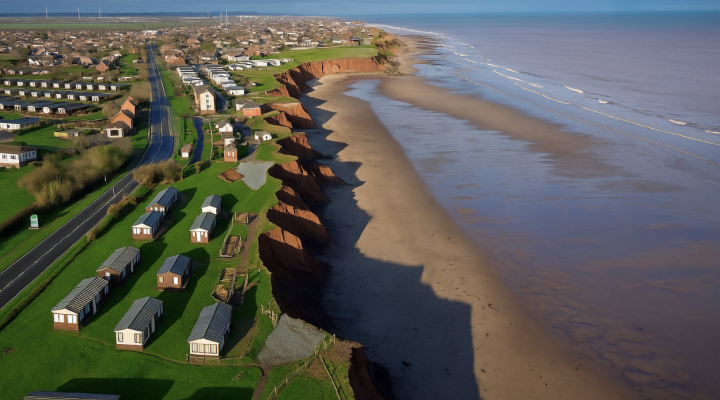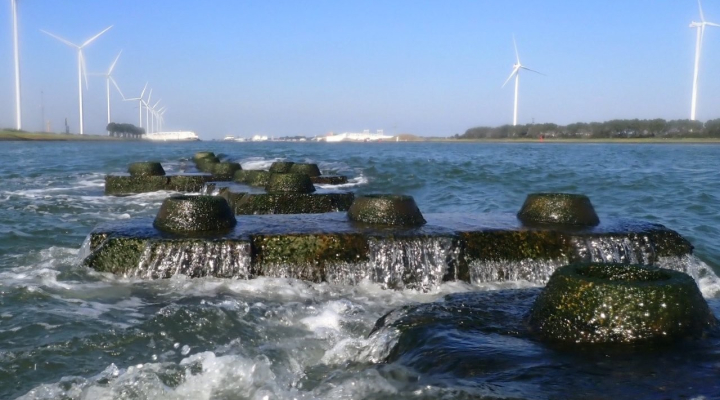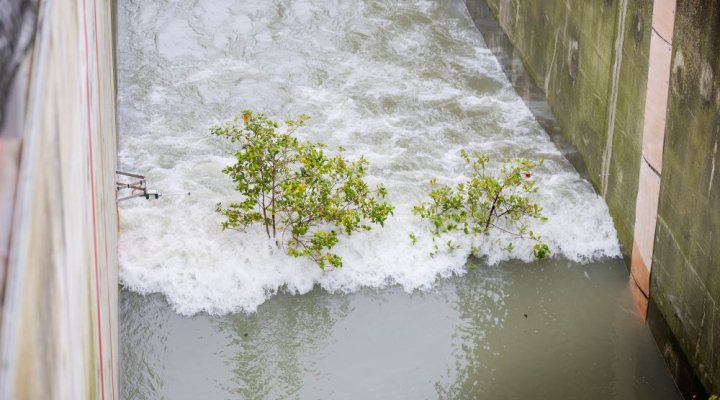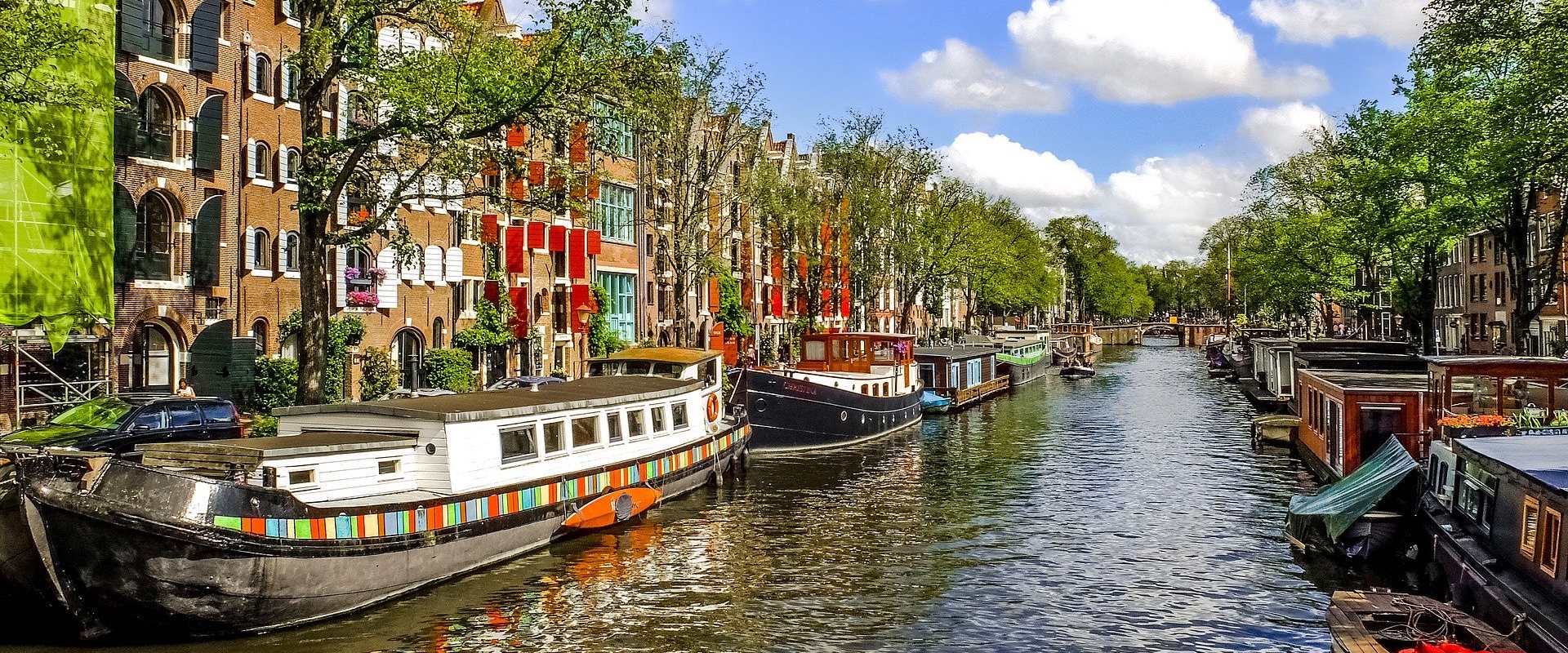
SIWW webinar: Three coastal cities, three different pressing matters
Singapore, Amsterdam and New York. Three coastal cities with the same threat of sea level rise, but each with different accents in their response.
This revealed during the live webinar Urban Coastal Resilience that took place on 6 July as the first in a series that will lead up to the next edition of the Singapore International Water week on 20 - 24 June 2021.


Local differences
Following the introductions on the topic of increased flood risks for coastal cities, three representatives from New York, Amsterdam and Singapore brought up their personal number one aspect that each considered most pressing in their city.
Director coastal protection, Hazel Khoo of PUB Singapore national water authority, mentioned the need to develop flexible plans. The government of Singapore has acknowledged the threat of sea level rise and estimated that a long term flood risk reduction will cost the nation state some 100 billion Singapore dollar (72 billion USD).
No blue print
‘The single most pressing aspect is to be adaptive’, said Khoo during the webinar when asked to mention her number one issue. ‘There is no blue print. We are faced with many uncertainties and we need more knowledge. We need to adjust our plans accordingly’, Khoo mentioned. She plead for flexible plans and strategies. She also called for international cooperation to develop more cost effective flood protection measures and she specifically mentioned nature-based solutions.
Citizen awareness
CEO Roelof Kruize of Waternet Amsterdam mentioned the importance of awareness. ‘After the cloud burst in Copenhagen in 2013, we looked at the drainage system in our city and discovered that the maximum capacity was only 20 mm of rainfall per hour. In order to prevent what had happened in Copenhagen, we concluded that Amsterdam needed more green roof tops and more open spaces in public areas’, Kruize explained.
Amsterdam created the Rainproof platform to involve citizens and businesses to create support for the necessary measures that needed to be taken above ground.’ Strangely enough, people in the Netherlands live 6 meters below sea level but are hardly aware of flood risks. Now seven years later, we have been able to raise more awareness and we can now handle 60 mm of rainfall’, Kruize announced.
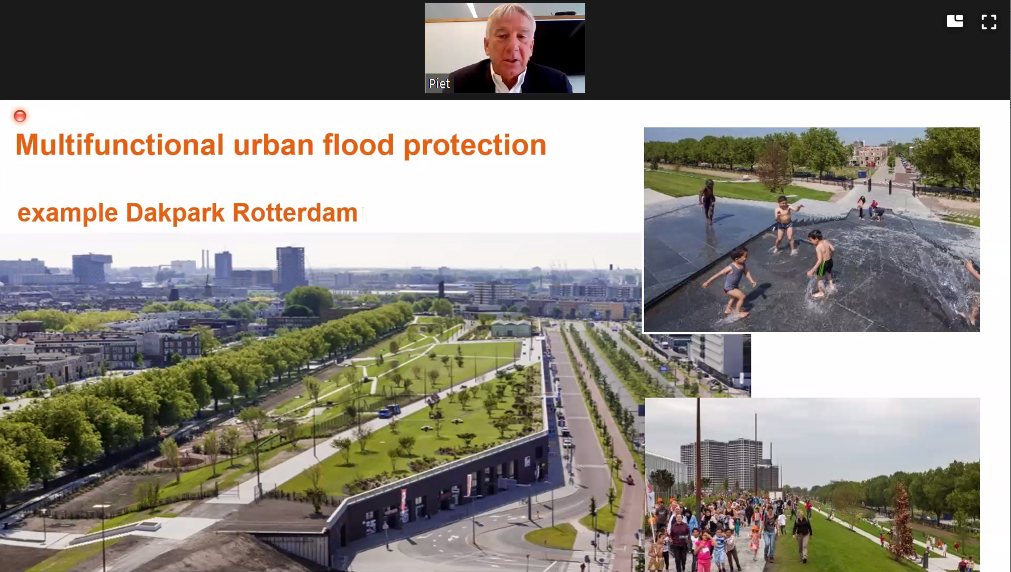

Retreat as an option
Resilience officer Edgar Westerhof of consultancy firm Arcadis works in New York and when asked for his personal most important aspect, he mentioned the option of retreat. ‘By the end of this century, we will have 6 to 7 feet of sea level rise. That is very drastic’.
Westerhof warned for the inevitable difficult choices ahead. ‘We will also need to acknowledge for men to retreat. A very difficult topic, but we should not ignore it’.
‘We cannot protect every single mile of coastline. We need to make choices. The good news is that we have time for making these choices’, Westerhof concluded.
Benefits of multi-functional flood protection
Setting the scene in his introduction speech, Global leader water management Piet Dircke of consultancy Arcadis advocated for more multi-functional flood barriers. As an example he mentioned the challenging waterfront of Manhattan. ‘The challenge is to combine flood protection with city development in order to make New York a better place to live. That will require complex financial agreements and strong community leadership’, Dircke highlighted.
According to Dircke it is important to make that clear to all stakeholders who benefit of a more liveable waterfront. ‘It is not only about saving lives and prevention of flood damage. The benefits also include the increasing value of real estate and land. Therefore, it is important to have a dialogue with all participants and discuss the costs-benefits of urban resiliency. This will raise the interest of private investors’, Dircke predicted.




